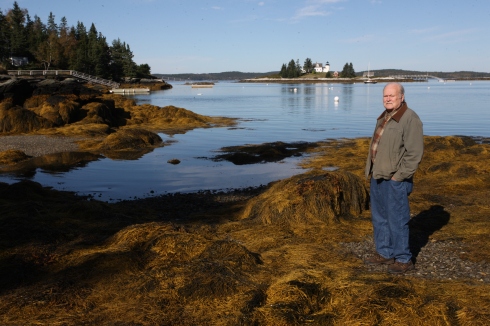Tom Fitzgerald knew he would be a writer.
But sometimes a career path does not move forward in a linear way. Sometimes it zigs and zags and meanders and does not dash a straight to the finish line.
Tom’s career has been like that. A native of upstate New York, Tom went to Clarkson College in Potsdam, N.Y., where he majored in math and minored in physics. “I knew that was not the right program for me,” he says. But he stuck it out for four years. He then briefly pursued law school, another mistake.
“I was looking for direction,” Tom says. He went back to Clarkson and got a master’s degree in industrial administration.
Over the years, he’s been a door-to-door salesman, a vocational counselor, a stockbroker, the assistant to the president of a large health-care corporation, a lobbyist, and a corporate manager. He was a Navy SEAL during the Vietnam conflict, swam distances longer than the English Channel, and ran the Boston Marathon three times.
But – “I knew I wanted to write. I loved story, loved language, loved the whole dynamic of storytelling. I loved being on the receiving end, too: My brother told campfire ghost stories, and it was magic for me.”
He came to Iowa State – along with a wife and three small sons – and earned a master of arts in English in 1974.
By this time, Tom had already written his first book, Chocolate Charlie. He found Iowa State to be a welcoming environment; he found a mentor and studied under many “fine teachers,” whose names he still remembers. He blossomed. He wrote half a novel for his thesis.
He became a technical writer, using both his English skills and his math/physics background. Plus, the job allowed him to do his own writing on the side.
Tom has now written four novels, including his most recent, Poor Richard’s Lament, that asks the question, “What if Ben Franklin came back?” Critics have called it “a grand and gorgeous book” and “an astonishing feat of imagination.”
He says he has 50 or 60 plots just waiting to be written. “I could go for nine lifetimes,” he says.










